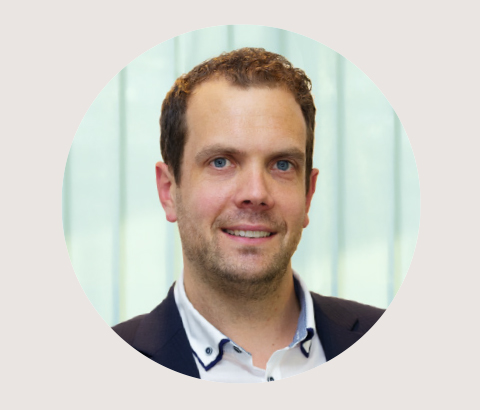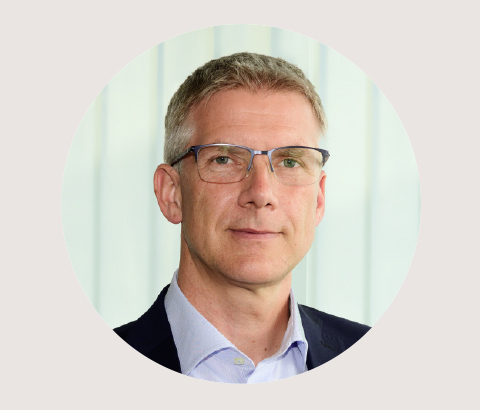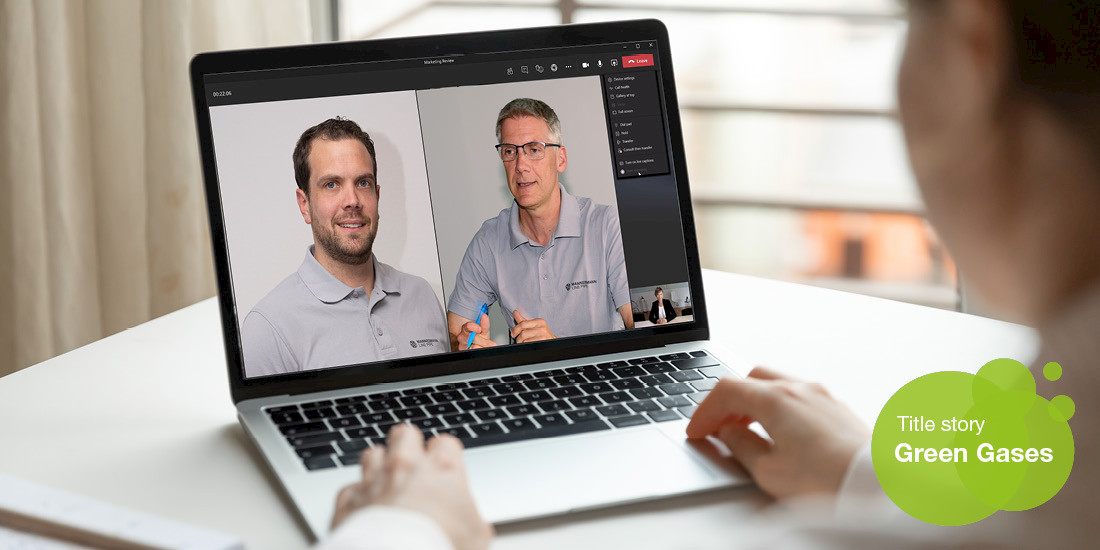"Getting our customers fit for the future with hydrogen."
Mannesmann Line Pipe has responded to the demands of the envisioned energy transition with H2ready® products. With Manuel Simm and Dr. Holger Brauer in Siegen, we discussed customers’ current expectations and why the company is already involved in ammonia applications.
A carbon-neutral hydrogen economy appears to be well within our grasp. What conclusions does Mannesmann Line Pipe draw from this for itself and its customers?
Dr. Holger Brauer: In our departments and in collaboration with Salzgitter Mannesmann Forschung, we have been involved in hydrogen-related product development for ten years now. In addition, in close cooperation with customers, we have constantly monitored changes in requirements, implemented them and made sensible modifications to them. This has resulted in the ongoing refinement of our Mannesmann H2ready® pipes, which reflect the current state of the art and in many cases even exceed current requirements.
Are there already specific customer inquiries and H2 projects?
Manuel Simm: We now have around 20 contracts of all dimensions and grades on the books. Most of them are from Germany, but we have also served customers in Austria and the Netherlands. These are largely isolated projects, but we believe the current trend is toward general H2 compliance. What is the motivation of Mannesmann Line Pipe’s customers and what can they expect? Simm: Customers are experiencing a lively market in the hydrogen sector, and the political framework has been staked out. Implementation is already in full swing. In the meantime, there are numerous strategies and technologies in connection with hydrogen and green hydrogen. However, aside from all the optimism, there is also a degree of uncertainty as to where things are headed in the medium and long term. Brauer: Thanks to our networking in numerous research projects, working groups and technical committees, we pool our expertise and make it available to our customers. Armed with our experience and expertise, with products that in some cases exceed the required specifications, we want to get our customers fit for the future with hydrogen.
"Lip service alone, especially from policymakers, is not enough. Openness to technology must not only exist on paper."Manuel Simm
Mr. Simm, you were at the Int’l Hydrogen & Fuel Cell Expo in Japan in 2020. What were your impressions?
Simm: Our talks with exhibitors and visitors showed us that markets differ throughout the world and that we can’t generalize. Japan’s focus on the energy transition with hydrogen differs from that of Australia or Chile, for example. In this respect, being able to look beyond our own backyard has sharpened our awareness and we can target the right measures in the right places. Incidentally, this also helps us with global tenders received from such countries as Canada, the USA, Slovenia and China, for example.
It has long been said that we need green hydrogen for the energy transition – why is this now being joined by green ammonia?
Brauer: Hydrogen as a main energy source is indispensable for a largely carbon-free economy. The advantage of using ammonia, i.e. NH3, is its storage and transport. In gas form, it is significantly easier to store and its energy content is about twice that of pure hydrogen gas. It liquefies already at -33°C and the pressure for transport in its liquefied state is only about 9 bar.

Manuel Simm, Regional Sales Manager
After further training to become a transport specialist, Simm arrived at Mannesmann Line Pipe GmbH in 2009 as a trained freight forwarder. Alongside his work in freight purchasing, he completed a bachelor’s degree and obtained an MBA. This was followed by a move to sales in 2017. Since then, he has been responsible, among other things, for the global marketing of Mannesmann H2ready® pipes.

Dr. Holger Brauer, Innovation, Research & Development
Dr. Holger Brauer completed a degree in mechanical engineering followed by a PhD in engineering science. He then started working at Salzgitter Mannesmann Forschung at the Duisburg location in 2002 in the Mechanical Testing and Component Safety Department. In 2007 he moved to Mannesmann Line Pipe, where he works in the Innovation, Research & Development department.
Does Mannesmann Line Pipe already have marketable products in the ammonia sector as well?
Brauer: Together with Salzgitter Mannesmann Forschung, we have already conducted a study on the existing requirements from the regulations and technical literature. As a result, the tested pipes are already compatible with NH3 today, i.e. suitable for ammonia applications.
Simm: Incidentally, we have already supplied pipes for the transport of ammonia, including to Armenia in 2008. But now it’s a question of sounding out new requirements and developing these into marketable products in collaboration with users and customers.
So the green gases will arrive in the medium term. Where do you see immediate opportunities for carbon savings?
Simm: We benefit here from our feedstock suppliers. They have already produced the first "green slabs" which we have processed into coils and welded into tubes. The results are very promising and economies of scale can certainly be expected in terms of pricing.
Brauer: However, we don’t want to rely solely on "green steel". Wherever possible and appropriate, we’re already trying to persuade our customers to use higher-strength grades beyond X52/L360. The resultant lower wall thicknesses conserve resources and reduce energy consumption in production, further processing and transport. Our higher-strength grades also permit higher operating pressures in pipelines, which in turn makes throughput more efficient.
Mr. Simm, you’re one of the younger people in the industry. How do you personally see the energy transition and the future with hydrogen?
Simm: Hydrogen is the medium that can and will help to massively reduce greenhouse gas emissions. However, lip service alone, especially from policymakers, is not enough. Openness to technology must not only exist on paper. In Germany, we are currently phasing out nuclear energy. We want to phase out coal-fired power generation by 2030 and be climate-neutral by 2045. The timescales are no longer long at all. As employees at Mannesmann Line Pipe, we can certainly be proud of contributing to the success of the energy transition.
"For the future, I see a carbon-neutral production and supply chain: from steel production to pipe welding to delivery."Dr. Holger Brauer
Dr. Brauer, when you look ahead to the future of green gases, what do you see?
Brauer: The HFI process in pipe production is based on the use of electricity, which will be generated in the longer-term with renewables. The decarbonization of steel production is also progressing. For the future, I see a carbon-neutral production and supply chain: from steel production to pipe welding to delivery. Green hydrogen and green ammonia will certainly be at the forefront of this.
